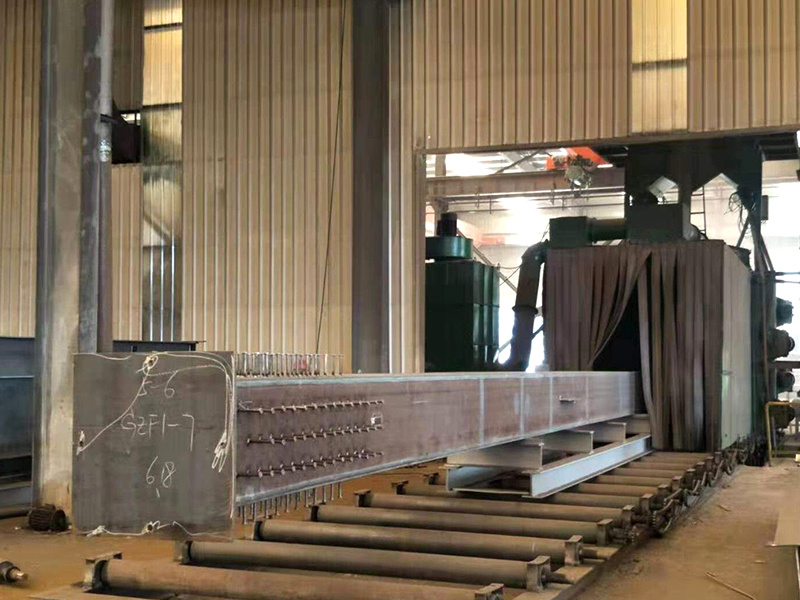Comprehensive Guide to Steel Structure Design for Modern Architecture
Release time:
2025-11-02
Steel structure design plays a critical role in modern architecture, offering robustness, flexibility, and sustainability. Understanding the nuances of this design process is essential for professionals in the construction and architectural industries. Here, we delve into the key elements of steel structure design, emphasizing its importance in creating stable and efficient structures. One of the

One of the primary advantages of using steel in construction is its high strength-to-weight ratio. This property allows for the creation of lighter structures that can bear significant loads without requiring excessive material, ultimately reducing construction costs and time. When designing a steel structure, engineers must consider various factors, including load calculations, material properties, and environmental conditions.
The design process typically begins with establishing the building's load requirements. These can include dead loads (permanent/static forces such as the weight of the structure itself), live loads (temporary/movable forces such as occupants and furniture), and environmental loads (wind, seismic, and snow loads). Accurate load analysis is crucial, as it forms the basis for selecting appropriate steel sections and determining the overall structural layout.
A key consideration in steel structure design is the selection of appropriate steel grades. Different grades offer varying levels of strength, ductility, and corrosion resistance. Engineers often refer to industry standards and guidelines to ensure the chosen materials meet the project’s specific requirements. Additionally, incorporating protective coatings can enhance the lifespan of steel components, making them more resistant to environmental factors.
Another essential aspect of steel structure design is the connection detailing. Connectors play a vital role in ensuring the structural integrity and stability of the entire system. Common connection types include welded, bolted, and riveted joints, each offering its own advantages and limitations. The choice of connection method must align with the overall design intent and anticipated loads.
Moreover, advancements in technology, such as Building Information Modeling (BIM), have revolutionized the way steel structures are designed and visualized. BIM allows for precise modeling of steel components, enabling architects and engineers to collaborate more effectively and identify potential issues early in the design process. This proactive approach can lead to enhanced project outcomes and reduced construction delays.
In conclusion, steel structure design is a multifaceted discipline that combines engineering principles, material science, and architectural creativity. By understanding the critical factors involved in this process, professionals can contribute to the development of innovative and resilient structures that meet the demands of modern society. Embracing best practices in steel structure design not only enhances the aesthetic appeal of buildings but also ensures their long-term functionality and safety.
Tag:
Related News


Can't find the service you're looking for? Contact us!
To inquire about our products, please leave your email to us and we will contact you within 24 hours.
Contact Us
Telephone:+86 15522531711
Landline:086 22-86220000
E-mail:18133150209@139.com
Address: Three Communities of Agricultural Corporation of Lutai Economic Development Zone, Tangshan City,China




